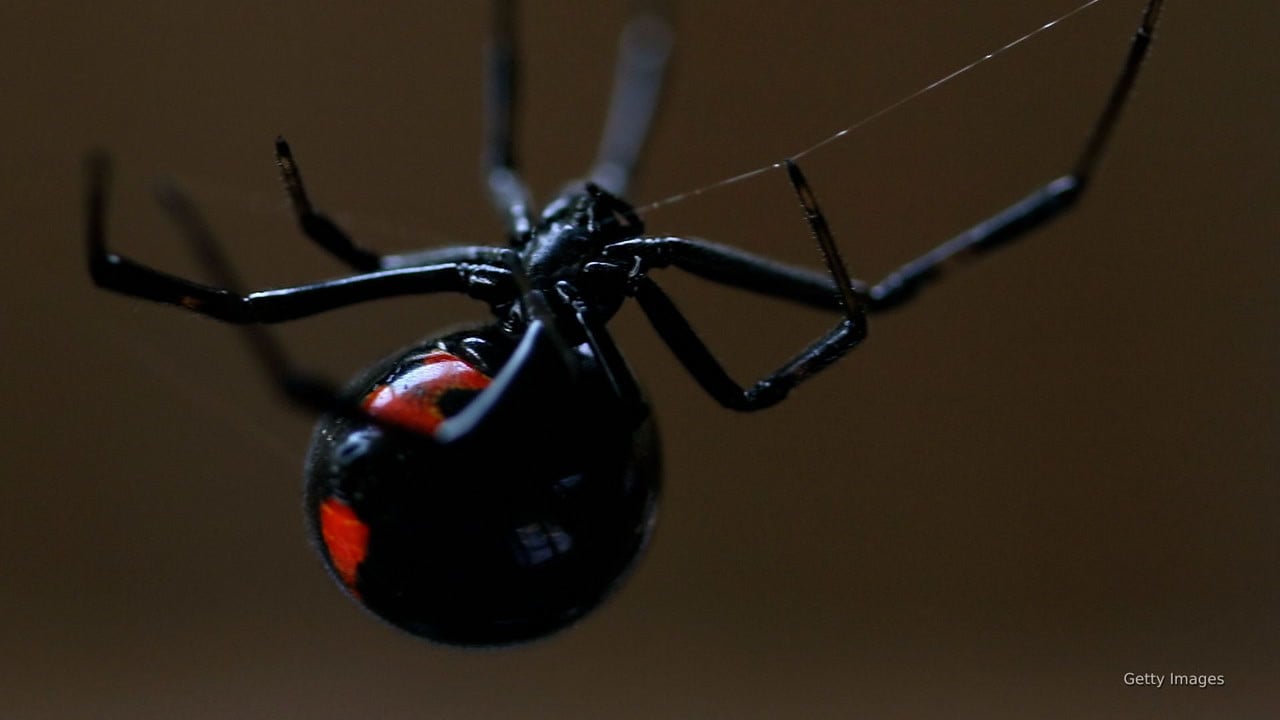
Scientists at Tufts University have achieved a significant breakthrough by developing a fluid that transforms into a strong, sticky fibre capable of lifting objects several times its weight, inspired by the abilities of comic book superhero Spider-Man.
For years, researchers have been attempting to create robust fibres that could serve as tethers, drawing inspiration from the silk secreted by various insects, including moths and spiders.
However, replicating the stiffness, elasticity, and adhesive properties of spider silk has proven challenging—until now.
According to the study published in Advanced Functional Materials, the researchers found that a silk moth protein known as fibroin, when fortified with specific additives, can be shot through a narrow needle to form a tough, sticky fibre.
“I was working on a project making extremely strong adhesives using silk fibroin and while I was cleaning my glassware with acetone, I noticed a web-like material forming on the bottom of the glass,” said Marco Lo Presti, a co-author of the study.
Initially, while trying to replicate spider threads, the researchers discovered that fibroin solutions would turn into a semi-solid gel when exposed to chemicals like ethanol or acetone over several hours.
However, the introduction of dopamine accelerated the solidification process, creating high-tensile sticky fibres almost instantaneously.
The scientists explained that the dopamine mixture speeds up the silk protein’s transition from liquid to solid by extracting water from it.
Notably, they observed that a thin stream of the silk solution, encased in a layer of acetone, solidified into a sticky fibre when ejected through a specially designed needle. As the acetone evaporated, the fibre adhered to any object it touched.
Adding chitosan—a protein found in insect exoskeletons—enhanced the fibres' tensile strength by up to 200 times, while chemicals like borate buffer increased their adhesiveness by approximately 18-fold.
The fibres’ diameter can be adjusted, ranging from the thickness of a human hair to about half a millimetre, depending on the needle bore.
The newly developed fibres have demonstrated the capability to lift objects weighing over 80 times their own weight.
During tests, they successfully picked up various items, including a steel bolt, a laboratory tube floating on water, a scalpel partially buried in sand, and a wood block from a distance of approximately 12 centimetres.
While spider silk remains about 1,000 times stronger, the researchers believe that the new fibres can be refined for diverse applications.
“This process can be finely tuned to achieve a controlled fabrication of instantaneously formed adhesive hydrogel fibres,” Dr Lo Presti added. “It’s really a superhero-inspired material.”



1728733539-0/BeFunky-collage-(4)1728733539-0-165x106.webp)

















COMMENTS
Comments are moderated and generally will be posted if they are on-topic and not abusive.
For more information, please see our Comments FAQ